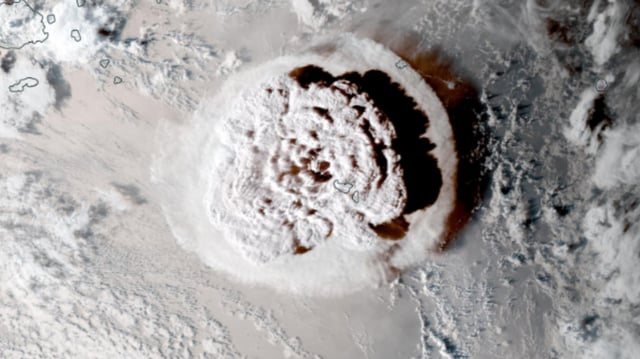Overview
- The 2022 Hunga Tonga-Hunga Ha‘apai eruption sent ash and gas over 31 miles into the atmosphere, making it one of the most powerful eruptions in modern history.
- A study published in AGU Advances confirms that secondary gravity waves, not lamb waves, carried shockwaves into the upper atmosphere and satellite orbits.
- The eruption triggered global tsunamis, record-breaking lightning storms, and atmospheric disturbances comparable to the 1883 Krakatoa event, though the comparison remains debated.
- Satellite data, atmospheric modeling, and seismic records were used to trace the eruption’s multi-layered impacts from the seafloor to space.
- The findings highlight vulnerabilities in satellite systems and emphasize the need for improved detection and monitoring of large-scale volcanic events.

